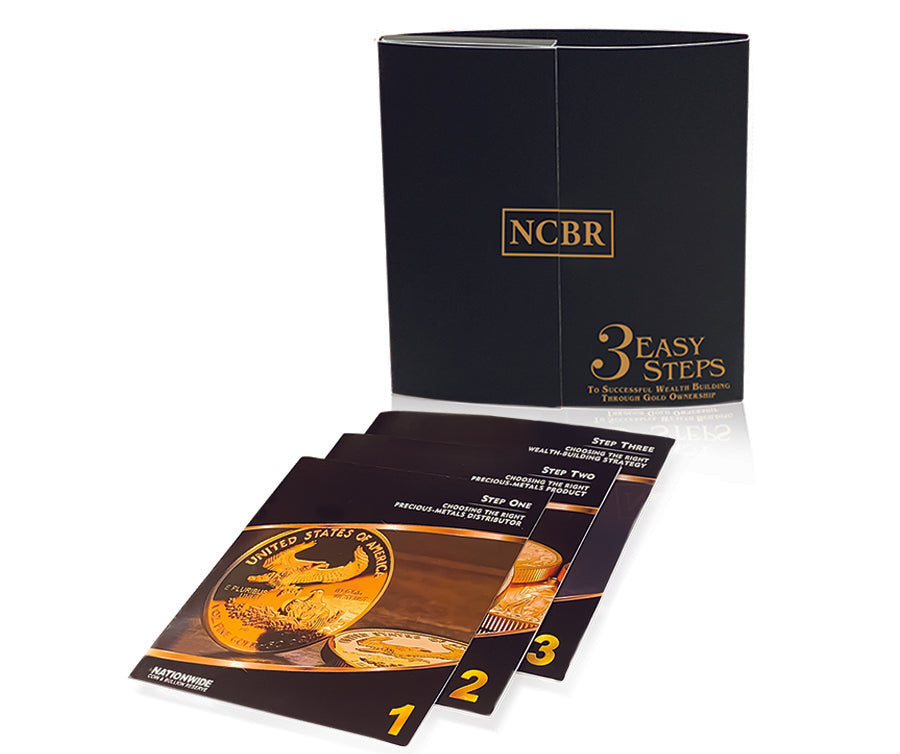As you begin your coin collecting research, you’ve likely stumbled across the terms proof coins and uncirculated coins. At first glance, the two coin types seem similar, but they’re actually quite different in many ways.
From how they’re made to how much they cost, proof coins and uncirculated coins are very different from each other. Here, we break down the differences between the two!
WHAT IS THE DIFFERENCE BETWEEN PROOF COINS AND UNCIRCULATED COINS?
Proof coins are struck twice at the beginning of the minting process, so they are exceptionally mirrorlike and rarer than uncirculated coins. Uncirculated coins, on the other hand, are created in larger quantities and may have blemishes.
PROOF COINS
MINTING PROCESS
Proof coins are struck twice by the same die, which gives them their signature mirror-like shine on the background and matte finish on the foreground. They were originally created as true proofs, in that they served as test coins to make sure the design on the die was perfect before minting thousands of coins for circulation.
Today, proof coins are created solely for the purpose of collecting. They are created using the same minting process, so they have their signature shiny finish. They’re also hand polished, and then packaged in special protective packaging to preserve their near perfect appearance.
QUALITIES
These coins are easily distinguishable from other coins in that the background (recessed part) is very reflective, and the foreground (raised part) is matte.
RARITY
Proof coins are also rare, since only a small number are minted. This rarity increases their value.
PRICE
You’ll pay more for a proof coin than you will for an uncirculated coin, due to their stellar appearance and rarity.
WHY TO COLLECT
Proof coins are great for collectors who are looking to collect coins known for their beautiful qualities and rarity. If you have a larger budget, proof coins will serve you well!
UNCIRCULATED COINS
MINTING PROCESS
Uncirculated coins are only struck once, similar to how circulated coins are made. Specialty blanks are used, and they do appear shinier than traditional circulated coins, due in part also to how the coins are cleaned.
QUALITIES
Because uncirculated coins are only struck once, as opposed to the two-strike method used for proof coins, they are less shiny. Whereas proof coins are in near perfect condition, uncirculated coins might have damage that was incurred from being hit by other coins in production (called bag mark).
They are encased in special protective packaging. Even though they’re the same design as many coins in circulation, they’re more valuable because they’ve never been in circulation.
RARITY
Uncirculated coins are more rare than circulated coins, but less rare than proof coins. Because more are minted than proof coins, the price point is less.
PRICE
Because uncirculated coins are less rare and often have some minimal damage, uncirculated coins are available at a lower cost than proof coins. The value of uncirculated coins is also dictated by the price of gold or silver, so its price will fluctuate as the price of precious metals rises and falls.
WHY TO COLLECT
Uncirculated coins are a great entry into coin collecting, as they are still valuable and maintain their value well in their protective casing. If you know you’ll want to sell your gold coins,
Real Time Precious Metals Data Below





